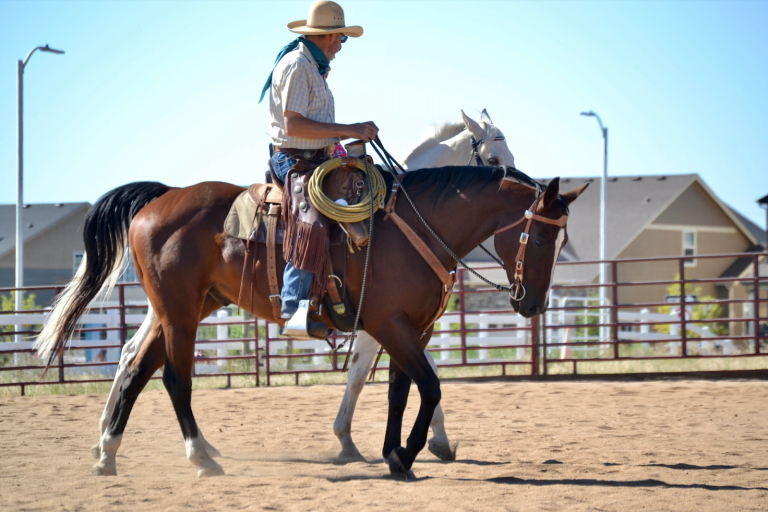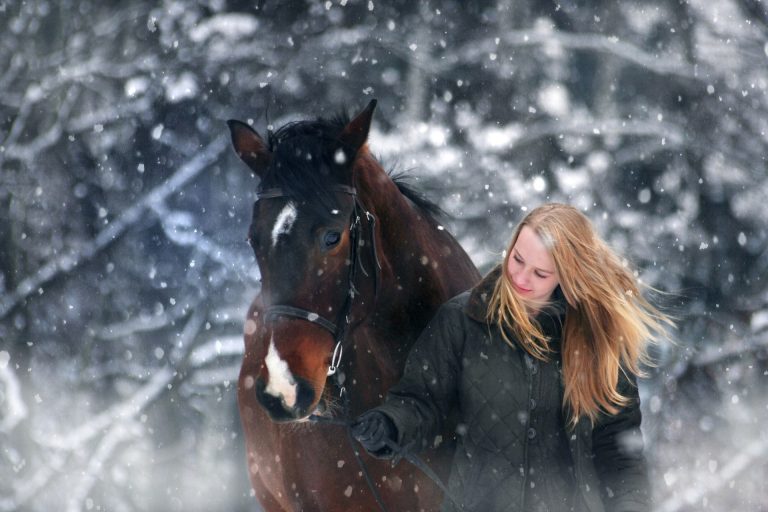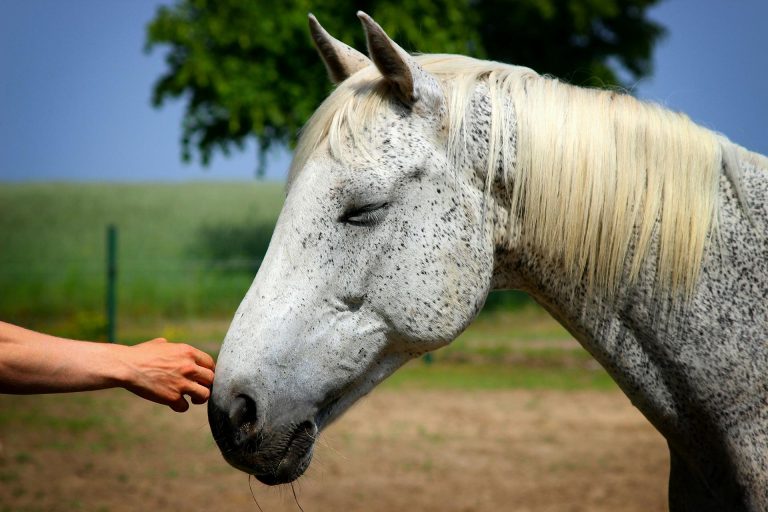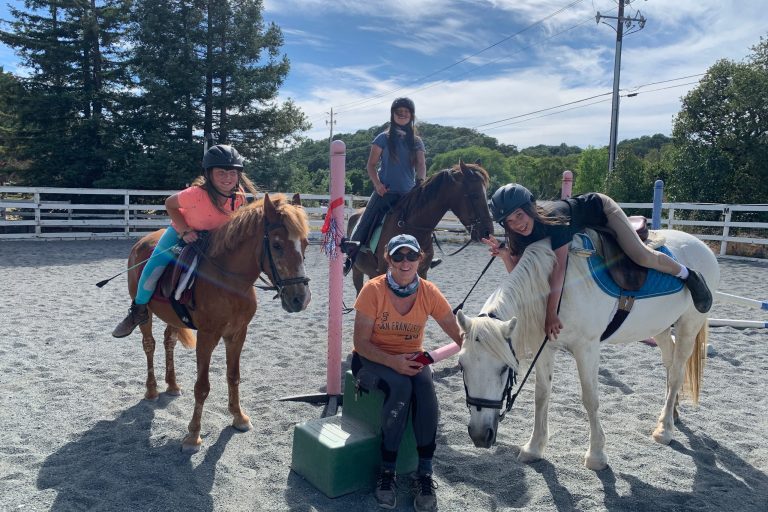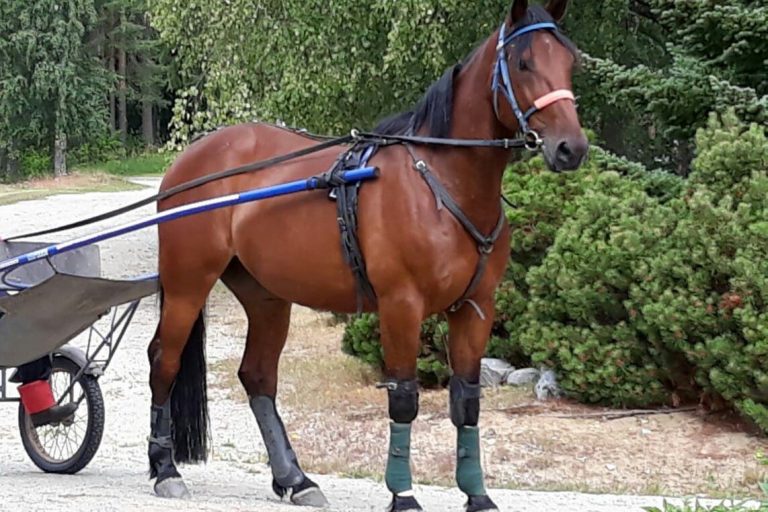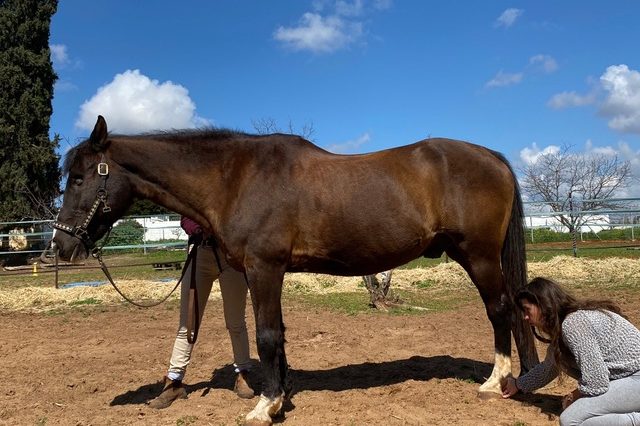Holding Space for Stillness: Honoring Horses & Veterans in Ocala
By Tina Peratino This month’s blog is written by Tina Peratino, Masterson Method Equine Specialist. Read how she showed U.S. veterans how they can connect with horses using just the Bladder Meridian Technique. Last month, I had the honor of traveling to Marion Therapeutic Riding Association (MTRA) in Ocala, Florida to lead a Withers and…



